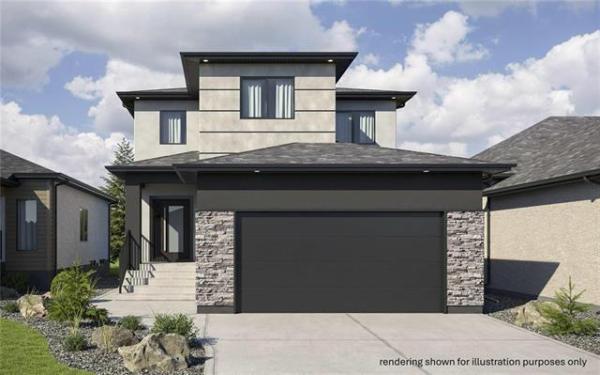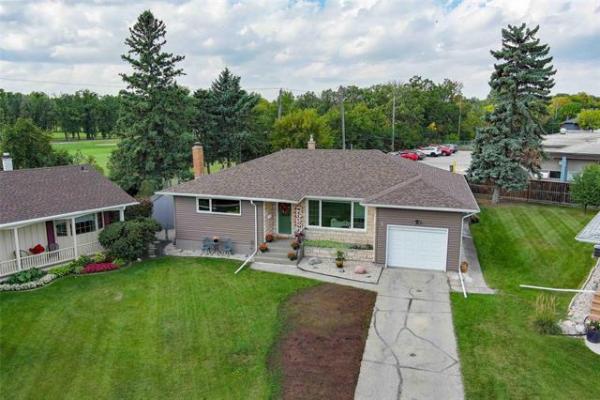QUESTION: I'm hoping you'll be able to help us resolve our dilemma. We have a 1 1/2-storey older home with two dormers and during the winter we had ice build up on the roof along the dormers, resulting in water damage to our kitchen and bathroom ceilings.
The upstairs has knee walls and the cubby holes are used as closet and storage space. These spaces have been insulated with two-inch-thick tongue-and-groove Styrofoam boards along the sloped ceiling and the outside wall. We believe that the actual roof line only has wood shavings for insulation, which have settled over time.
We put a new roof on the house seven years ago and, at that time, an ice and water shield was installed on the lower section of the roof and in the valleys. The roof has no overhang or soffits.
We have had various opinions as to the cause of this damage, from not enough insulation to not enough air flow and ventilation. We have been given several options to remedy the problem, but we don't know which is the best solution and the most economical. The first suggestion is to take the whole roof off, take out all the insulation, reinsulate with blown-in foam or batting, build up the roof with 2 X 4's, extend the eaves and re-sheet and shingle the roof.
A second suggestion is to remove all the shingles and apply ice- and weather-guard over the entire roof and reshingle. The final suggestion is to install vents in the lower part of the roof into the knee-wall cavity and keep this area as a cold space.
As I'm sure you can appreciate, the first option is very expensive. Do you have any suggestions whether any or all or a combination of these suggestions would solve our problem? I would appreciate your thought and expertise on this matter.
Thank you, Chris Beckwith
ANSWER: Ice damming and moisture issues in 1 1/2- and 2 1/2-storey homes is one of the most common issues I deal during my inspections. I get more inquiries, emails, and calls about this issue than almost any other. With the recently returned winter-like weather this should be an ideal time to address your dilemma as I have begun to see the typical ice damming you describe on many homes.
While you have been given three different options, I cannot dismiss all of them or recommend one single approach. There are portions of each of options one and three that may be possible, but may not be practical due to cost and difficulty. The second option is a very bad idea proposed by someone who has no concept of the causes of your issues and will probably make the problem worse and accentuate moisture damage in the roof system.
While there may be varying opinions on different practical approaches to fixing your ice damming issues and stopping the moisture intrusion, the cause should not be in dispute. The cause of the ice damming is warm air intrusion into the knee-wall attics and roof system in your home. Warm air is able to gain entry into the attics and ceiling cavities in your home through various areas by a process known as the "Stack Effect." That is simply a fancy name given to the natural forces that allow warm, moist air to rise into these areas.
In most homes this air contains a significant amount of dissolved moisture, which can condense when cooled. If cold enough, this condensation may freeze and create a fair amount of frost inside the cavities. When the winter weather warms, this frost will melt and run back down into the living space. Also, the heat from the air leaking into these cavities will warm the underside of the roof sheathing, melting the snow on the roof and creating the ice dams. These dams can also melt when the weather warms and run back into the building, especially in homes like yours with no overhanging eaves.
The two approaches to solving this common dilemma are either stop the air leakage into these areas or provide enough fresh air ventilation to remove this warm air to the exterior before it warms the roof or condenses. My recommendations are normally to work on ways of doing a bit of both of these items, while reducing the relative humidity in the home.
The first approach you have been presented with ignores the ventilation aspect of the situation and addresses only the air leakage. While this is the more modern approach, only if blown-in foam insulation is used and not batts, it may be a very costly solution. It also should not be necessary to build up the thickness of the rafters, as has been suggested, because the focus is on stopping air leakage not heat loss. The theory is that if you stop any air leakage into the space below the roof sheathing, you will prevent any mechanism for condensation. Also, adding that thickness of high density polyurethane foam will provide adequate protection from heat loss to minimize the ice damming.
In many ways, this one-stop solution addresses both causes of the moisture damage, but will require removal of significant sections of the roof decking and complete replacement of the roofing.
The next, more common, approach is to significantly improve the insulation and ventilation level in the attic floors and knee-walls and air seal or install air/vapour barriers where possible. This can be achieved by use of a combination of insulation such as blown-in polyurethane, extruded polystyrene sheets, and cellulose fibre.
This method will require you to give up your closet space and return the knee-wall areas back into attics, but can be quite effective if done properly. The foam insulation installed on the underside of your rafters and gable ends is an improper method of achieving this and should be removed because it is installed in the wrong locations.
The only flaw in this traditional method is the sloped sections in the living space of the upper floor, which may be difficult to insulation and seal from inside the home. Ignoring these areas may still allow some ice dams to build up and premature wear to the roofing above.
Before deciding on the proper approach to addressing this issue you should weigh the overall benefits of each method against the costs. While the exterior foam only method will allow you to keep some of your closets and will be the least disruptive, it may be beyond your budget.
The traditional insulation and ventilation method may allow you to do some of the work yourself, but may not be a complete fix without some air sealing by a professional and will require a loss of storage space and ceiling height.
Ari Marantz is the owner of Trained Eye Home Inspection Ltd. and the president of the Canadian Association of Home & Property Inspectors-Manitoba (www.cahpi.mb.ca). Questions can be e-mailed to the address below. Ari can be reached at (204) 291-5358 or check out his website at www.trainedeye.ca.
trainedeye@iname.com



